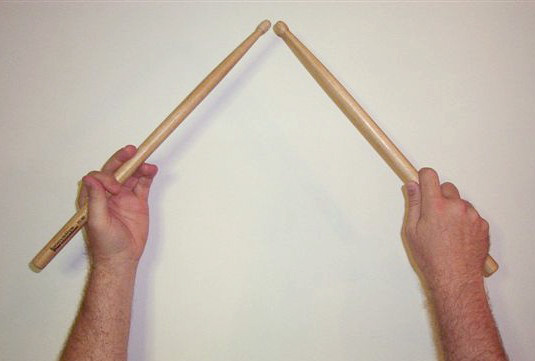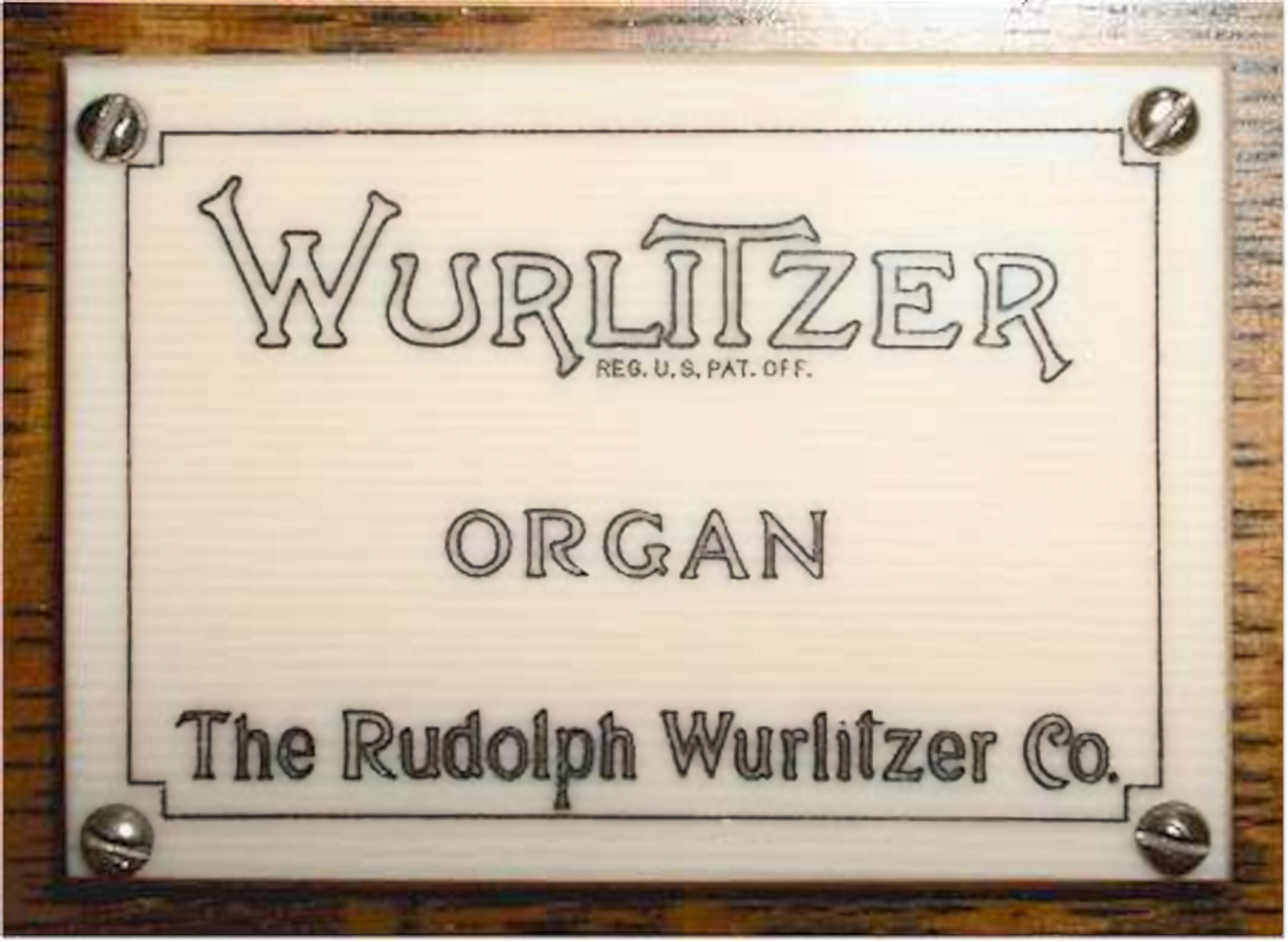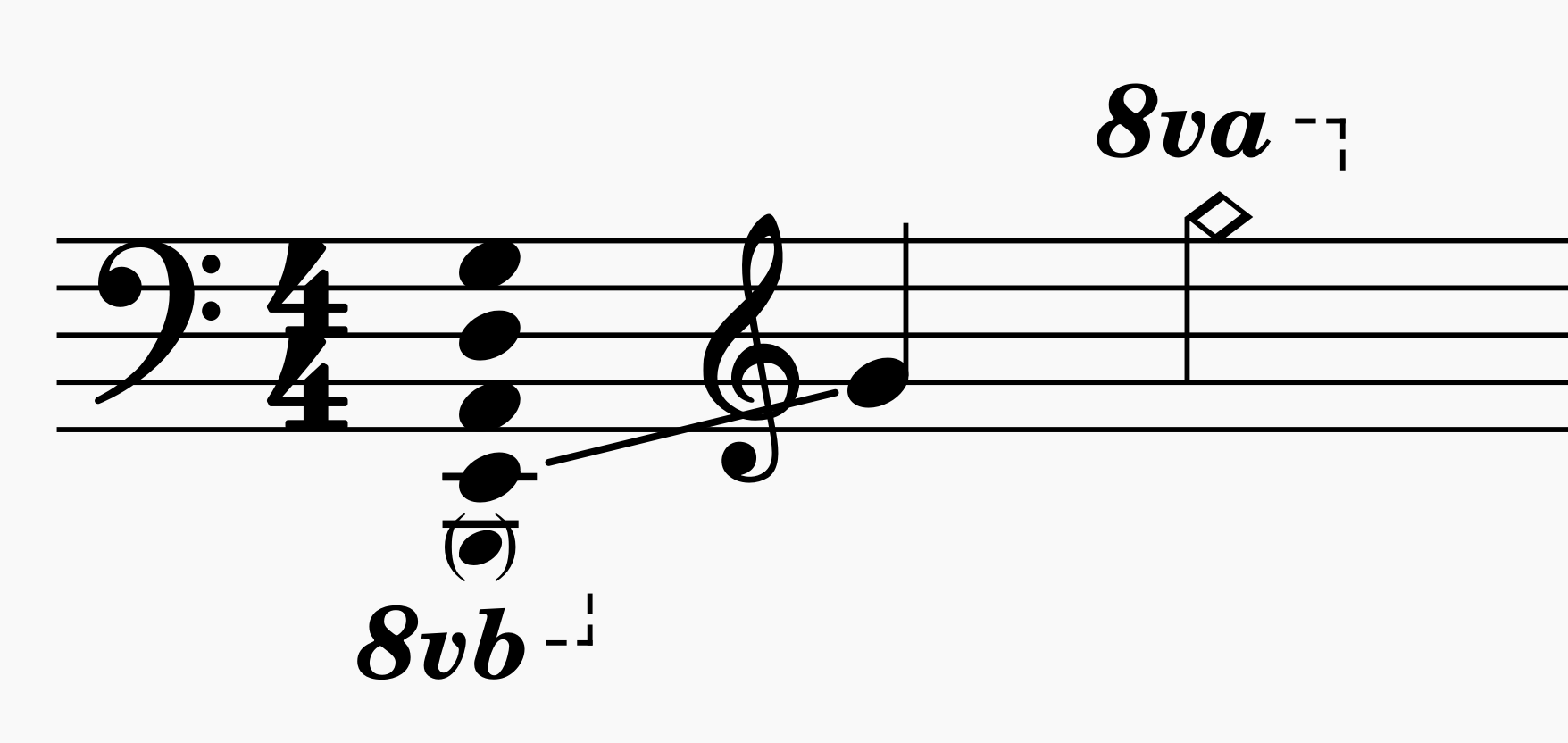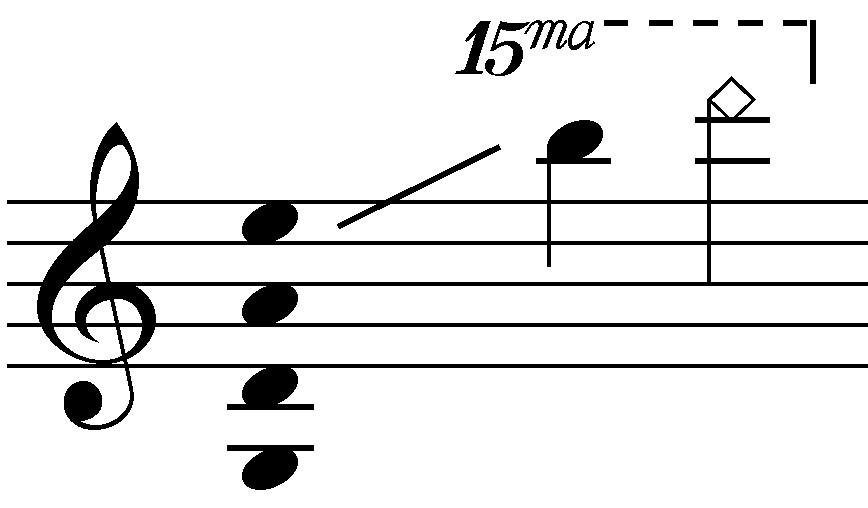|
Thompson Street (album)
''Thompson Street'' is the third solo album by American country music singer Brady Seals. It was released in February 2003 via Image Entertainment. No singles were released from it, and after its release, Seals founded the band Hot Apple Pie. Track listing #"Thompson Street" (Brady Seals, Kizzy Plush) – 4:24 #"Things Have Gotta Change" (Seals, Rodney Crowell) – 3:23 #"Soon" (Seals, Crowell) – 3:52 #"Breakin' Down" (Seals) – 3:28 #"Free Love" (Greg McDowell, Seals) – 3:45 #"Let Me Be Your Man" (Seals, Lisa Stewart) – 3:14 #"All I Want" (Seals, McDowell, Joe Rock) – 3:40 #"That's How It Goes" (McDowell, Seals, Andy Sturmer) – 3:30 #"10 9 8 7 6 5 4 3 2 1" (Seals) – 3:22 #"Our Last Goodbye" (Seals, Sturmer) – 3:29 Personnel * Pat Buchanan - electric guitar * John Catchings - cello * Rodney Crowell - acoustic guitar * David Davidson - violin * Tommy Harden - drums * Porter Howell- electric guitar * Greg McDowell - electric guitar, background vocals * Rob McNelley - ... [...More Info...] [...Related Items...] OR: [Wikipedia] [Google] [Baidu] |
Brady Seals
Brady Seals (born March 29, 1969) is an American country music artist. He is the cousin of Jim Seals (of Seals & Crofts) and Dan Seals, Johnny Duncan (country singer), Johnny Duncan, the nephew of Troy Seals. Seals made his debut in 1988 as co-lead vocalist and keyboardist in the sextet Little Texas (band), Little Texas, with whom he recorded until his departure in late 1994. Between then and 2002, he recorded as a solo singer, releasing three studio albums and charting in the Top 40 on the country charts with "Another You, Another Me". In 2002, Seals formed a quartet called Hot Apple Pie, in which he has recorded one studio album and charted three singles. A fourth solo album, ''Play Time'', was released in 2009 via Star City. Biography Seals was raised in a musical home in the Cincinnati, Ohio, suburb of Fairfield, Ohio, Fairfield. He began playing piano and writing songs at the age of nine, and was performing in a high-school band at the age of 16. After leaving home not lon ... [...More Info...] [...Related Items...] OR: [Wikipedia] [Google] [Baidu] |
Drums
A drum kit (also called a drum set, trap set, or simply drums) is a collection of drums, cymbals, and other Percussion instrument, auxiliary percussion instruments set up to be played by one person. The player (drummer) typically holds a pair of matching Drum stick, drumsticks, one in each hand, and uses their feet to operate a foot-controlled hi-hat and bass drum pedal. A standard kit may contain: * A snare drum, mounted on a snare drum stand, stand * A bass drum, played with a percussion mallet, beater moved by a foot-operated pedal * One or more Tom drum, tom-toms, including Rack tom, rack toms and/or floor tom, floor toms * One or more Cymbal, cymbals, including a ride cymbal and crash cymbal * Hi-hat cymbals, a pair of cymbals that can be manipulated by a foot-operated pedal The drum kit is a part of the standard rhythm section and is used in many types of popular and traditional music styles, ranging from rock music, rock and pop music, pop to blues and jazz. __TOC__ ... [...More Info...] [...Related Items...] OR: [Wikipedia] [Google] [Baidu] |
2003 Albums
3 (three) is a number, numeral and digit. It is the natural number following 2 and preceding 4, and is the smallest odd prime number and the only prime preceding a square number. It has religious or cultural significance in many societies. Evolution of the Arabic digit The use of three lines to denote the number 3 occurred in many writing systems, including some (like Roman and Chinese numerals) that are still in use. That was also the original representation of 3 in the Brahmic (Indian) numerical notation, its earliest forms aligned vertically. However, during the Gupta Empire the sign was modified by the addition of a curve on each line. The Nāgarī script rotated the lines clockwise, so they appeared horizontally, and ended each line with a short downward stroke on the right. In cursive script, the three strokes were eventually connected to form a glyph resembling a with an additional stroke at the bottom: ३. The Indian digits spread to the Caliphate in the 9th ... [...More Info...] [...Related Items...] OR: [Wikipedia] [Google] [Baidu] |
Viola
The viola ( , also , ) is a string instrument that is bow (music), bowed, plucked, or played with varying techniques. Slightly larger than a violin, it has a lower and deeper sound. Since the 18th century, it has been the middle or alto voice of the violin family, between the violin (which is tuned a perfect fifth above) and the cello (which is tuned an octave below). The strings from low to high are typically tuned to scientific pitch notation, C3, G3, D4, and A4. In the past, the viola varied in size and style, as did its names. The word viola originates from the Italian language. The Italians often used the term viola da braccio meaning literally: 'of the arm'. "Brazzo" was another Italian word for the viola, which the Germans adopted as ''Bratsche''. The French had their own names: ''cinquiesme'' was a small viola, ''haute contre'' was a large viola, and ''taile'' was a tenor. Today, the French use the term ''alto'', a reference to its range. The viola was popular in the heyd ... [...More Info...] [...Related Items...] OR: [Wikipedia] [Google] [Baidu] |
Wurlitzer
The Rudolph Wurlitzer Company, usually referred to as simply Wurlitzer, is an American company started in Cincinnati in 1853 by German immigrant (Franz) Rudolph Wurlitzer. The company initially imported stringed, woodwind and brass instruments from Germany for resale in the United States. Wurlitzer enjoyed initial success, largely due to defense contracts to provide musical instruments to the U.S. military. In 1880, the company began manufacturing pianos and eventually relocated to North Tonawanda, New York. It quickly expanded to make band organs, orchestrions, player pianos and pipe or theatre organs popular in theatres during the days of silent movies. Wurlitzer is most known for their production of entry level pianos. During the 1960s, they manufactured Spinet, Console, Studio and Grand Pianos. Over time, Wurlitzer acquired a number of other companies which made a variety of loosely related products, including kitchen appliances, carnival rides, player piano rolls and radi ... [...More Info...] [...Related Items...] OR: [Wikipedia] [Google] [Baidu] |
Piano
The piano is a stringed keyboard instrument in which the strings are struck by wooden hammers that are coated with a softer material (modern hammers are covered with dense wool felt; some early pianos used leather). It is played using a keyboard, which is a row of keys (small levers) that the performer presses down or strikes with the fingers and thumbs of both hands to cause the hammers to strike the strings. It was invented in Italy by Bartolomeo Cristofori around the year 1700. Description The word "piano" is a shortened form of ''pianoforte'', the Italian term for the early 1700s versions of the instrument, which in turn derives from ''clavicembalo col piano e forte'' (key cimbalom with quiet and loud)Pollens (1995, 238) and ''fortepiano''. The Italian musical terms ''piano'' and ''forte'' indicate "soft" and "loud" respectively, in this context referring to the variations in volume (i.e., loudness) produced in response to a pianist's touch or pressure on the keys: the grea ... [...More Info...] [...Related Items...] OR: [Wikipedia] [Google] [Baidu] |
Hammond Organ
The Hammond organ is an electric organ invented by Laurens Hammond and John M. Hanert and first manufactured in 1935. Multiple models have been produced, most of which use sliding drawbars to vary sounds. Until 1975, Hammond organs generated sound by creating an electric current from rotating a metal tonewheel near an electromagnetic pickup, and then strengthening the signal with an amplifier to drive a speaker cabinet. The organ is commonly used with the Leslie speaker. Around two million Hammond organs have been manufactured. The organ was originally marketed by the Hammond Organ Company to churches as a lower-cost alternative to the wind-driven pipe organ, or instead of a piano. It quickly became popular with professional jazz musicians in organ trios—small groups centered on the Hammond organ. Jazz club owners found that organ trios were cheaper than hiring a big band. Jimmy Smith's use of the Hammond B-3, with its additional harmonic percussion feature, inspired a g ... [...More Info...] [...Related Items...] OR: [Wikipedia] [Google] [Baidu] |
Mellotron
The Mellotron is an electro-mechanical musical instrument developed in Birmingham, England, in 1963. It is played by pressing its keys, each of which pushes a length of magnetic tape against a capstan, which pulls it across a playback head. As the key is released, the tape is retracted by a spring to its initial position. Different portions of the tape can be played to access different sounds. The Mellotron evolved from the similar Chamberlin, but could be mass-produced more efficiently. The first models were designed for the home and contained a variety of sounds, including automatic accompaniments. Bandleader Eric Robinson and television personality David Nixon helped promote the first instruments, and celebrities such as Princess Margaret were early adopters. It was adopted by rock and pop groups in the mid to late 1960s. One of the first pop songs featuring the Mellotron was Manfred Mann's " Semi-Detached, Suburban Mr. James" (1966). The Beatles used it on tracks includ ... [...More Info...] [...Related Items...] OR: [Wikipedia] [Google] [Baidu] |
Keyboard Instrument
A keyboard instrument is a musical instrument played using a keyboard, a row of levers which are pressed by the fingers. The most common of these are the piano, organ, and various electronic keyboards, including synthesizers and digital pianos. Other keyboard instruments include celestas, which are struck idiophones operated by a keyboard, and carillons, which are usually housed in bell towers or belfries of churches or municipal buildings. Today, the term ''keyboard'' often refers to keyboard-style synthesizers. Under the fingers of a sensitive performer, the keyboard may also be used to control dynamics, phrasing, shading, articulation, and other elements of expression—depending on the design and inherent capabilities of the instrument. Another important use of the word ''keyboard'' is in historical musicology, where it means an instrument whose identity cannot be firmly established. Particularly in the 18th century, the harpsichord, the clavichord, and the early ... [...More Info...] [...Related Items...] OR: [Wikipedia] [Google] [Baidu] |
Penny Whistle
The tin whistle, also called the penny whistle, is a simple six-holed woodwind instrument. It is a type of fipple flute, putting it in the same class as the recorder, Native American flute, and other woodwind instruments that meet such criteria. A tin whistle player is called a whistler. The tin whistle is closely associated with Irish traditional music and Celtic music. Other names for the instrument are the flageolet, English flageolet, Scottish penny whistle, tin flageolet, or Irish whistle (also ga, feadóg stáin or feadóg). History The tin whistle in its modern form is from a wider family of fipple flutes which have been seen in many forms and cultures throughout the world. In Europe, such instruments have a long and distinguished history and take various forms, of which the most widely known are the recorder, tin whistle, Flabiol, Txistu and tabor pipe. Predecessors Almost all primitive cultures had a type of fipple flute, and it is most likely the first pitched flu ... [...More Info...] [...Related Items...] OR: [Wikipedia] [Google] [Baidu] |
Bass Guitar
The bass guitar, electric bass or simply bass (), is the lowest-pitched member of the string family. It is a plucked string instrument similar in appearance and construction to an electric or an acoustic guitar, but with a longer neck and scale length, and typically four to six strings or courses. Since the mid-1950s, the bass guitar has largely replaced the double bass in popular music. The four-string bass is usually tuned the same as the double bass, which corresponds to pitches one octave lower than the four lowest-pitched strings of a guitar (typically E, A, D, and G). It is played primarily with the fingers or thumb, or with a pick. To be heard at normal performance volumes, electric basses require external amplification. Terminology According to the ''New Grove Dictionary of Music and Musicians'', an "Electric bass guitar sa Guitar, usually with four heavy strings tuned E1'–A1'–D2–G2." It also defines ''bass'' as "Bass (iv). A contraction of Double bas ... [...More Info...] [...Related Items...] OR: [Wikipedia] [Google] [Baidu] |
Violin
The violin, sometimes known as a ''fiddle'', is a wooden chordophone (string instrument) in the violin family. Most violins have a hollow wooden body. It is the smallest and thus highest-pitched instrument (soprano) in the family in regular use. The violin typically has four strings (music), strings (some can have five-string violin, five), usually tuned in perfect fifths with notes G3, D4, A4, E5, and is most commonly played by drawing a bow (music), bow across its strings. It can also be played by plucking the strings with the fingers (pizzicato) and, in specialized cases, by striking the strings with the wooden side of the bow (col legno). Violins are important instruments in a wide variety of musical genres. They are most prominent in the Western classical music, Western classical tradition, both in ensembles (from chamber music to orchestras) and as solo instruments. Violins are also important in many varieties of folk music, including country music, bluegrass music, and ... [...More Info...] [...Related Items...] OR: [Wikipedia] [Google] [Baidu] |




.jpg)



